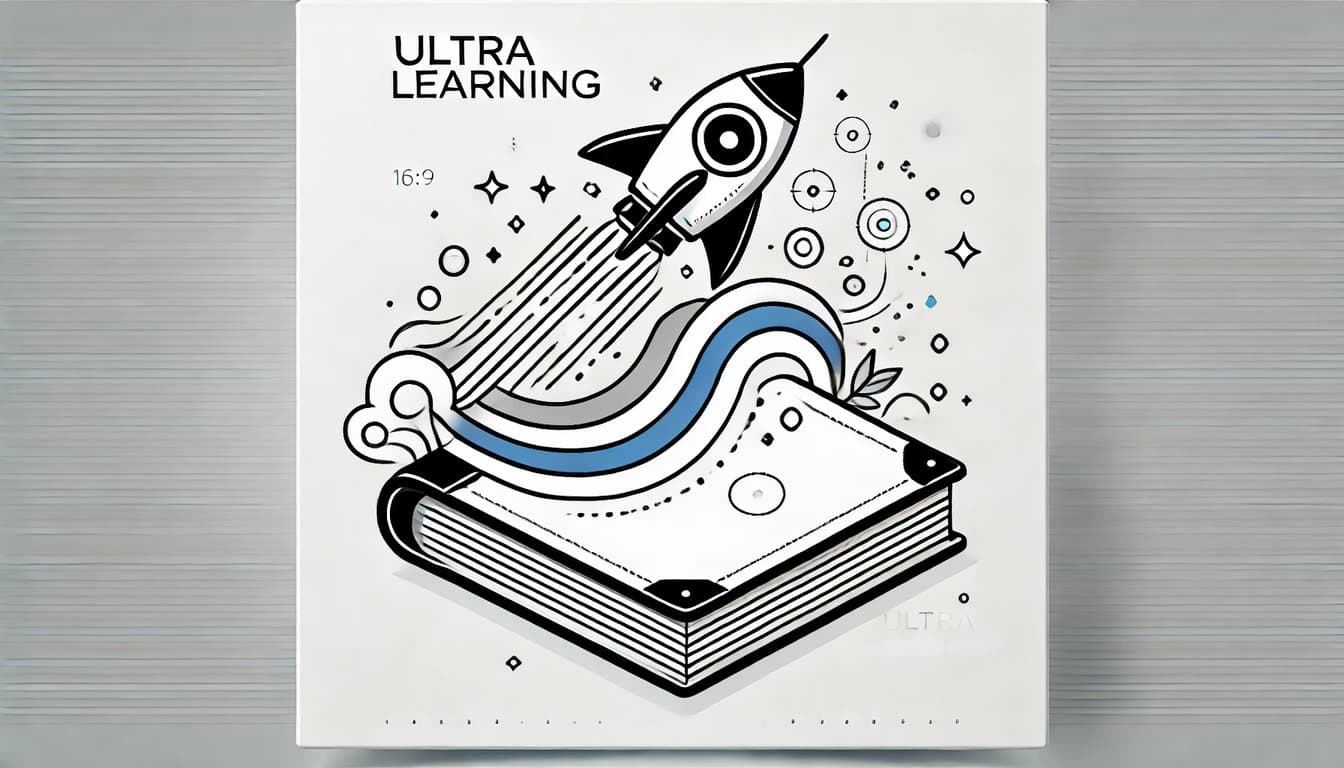
Why Cramming Doesn’t Work
In our fast-paced world, it’s tempting to cram everything into one intense session to feel “ready” for an exam or presentation. While this might help in the short term, cramming rarely leads to long-lasting understanding. Instead, the spacing effect offers a better solution: spreading out your learning over time leads to stronger memory retention and deeper understanding.
What Is the Spacing Effect?
The spacing effect is the principle that learning is more effective when study sessions are spread out over time, rather than crammed into one sitting. When you revisit material after a gap, your brain works harder to retrieve the information. This effort strengthens neural connections, embedding the knowledge more securely in long-term memory.
Why Does Spacing Work?
Cramming gives the illusion of mastery because the material is fresh in your short-term memory. However, this superficial fluency fades quickly, leaving you scrambling to remember details later. The spacing effect uses “forgetting to learn” as a tool. By allowing some forgetting between sessions, you force your brain to reconstruct the information, reinforcing it each time.
Think of it like building a muscle. A single intense workout might give you a temporary pump, but consistent, spaced-out training builds strength that lasts.
Examples of the Spacing Effect in Action
1. Academic Learning
Instead of cramming all your history notes in one evening, review them over several days. For example:
• Monday: Read the chapter.
• Wednesday: Quiz yourself on key events.
• Friday: Do a quick review.
This method makes recalling facts during an exam feel more natural.
2. Language Learning
When memorizing vocabulary, avoid trying to learn 100 new words at once. Instead:
• Learn 20 words on Monday.
• Revisit them on Wednesday and Friday.
• Gradually add new words while continuing to review old ones.
Repetition over time ensures the words stick.
3. Professional Skills
For skills like coding, marketing, or design, avoid binge-learning. Instead:
• Watch one lesson each day of an online course.
• Practice what you’ve learned between sessions.
By the end, you’ll have a more accessible and reliable skill set.
Pairing Spacing with Interleaving
The spacing effect pairs beautifully with interleaving—mixing different topics or problems during practice.
For example, if you’re studying math, biology, and history:
• Monday: Study all three subjects for short periods.
• Wednesday: Revisit math and biology concepts while introducing new history material.
• Friday: Mix it up again.
This combination not only reinforces individual topics but also helps your brain connect ideas across subjects, boosting flexibility and deeper understanding.
Avoiding the Illusion of Mastery
One reason spacing is so effective is that it prevents false confidence. When you cram, you might feel like you’ve learned something because you can recall it easily right after studying. But this fluency fades quickly.
Spacing helps you see what you truly know versus what needs more work. Struggling to recall material after a few days signals areas that need reinforcement, helping you address gaps before they become major weaknesses.
Overcoming the Initial Discomfort
Spacing can feel uncomfortable, especially if you’re used to cramming. Waiting a few days between sessions makes recall harder, but this challenge is beneficial. It means you’re engaging in effortful retrieval, which leads to stronger, longer-lasting learning.
While it might not give you the immediate satisfaction of fluency, spacing ensures you’ll be ready when it matters—whether during an exam, presentation, or real-life scenario.
Practical Tips for Using the Spacing Effect
1. Create a Study Schedule
Plan shorter, frequent review sessions over time. For example, if your exam is in four weeks, start now with 20-minute reviews every few days rather than saving everything for the last weekend.
2. Use a Spaced Repetition System (SRS)
Apps like Amuse are designed for spacing. They present flashcards just before you’re likely to forget, helping you reinforce information at optimal intervals.
3. Review Past Material Regularly
Don’t abandon old topics as you move to new ones. Make it a habit to circle back to earlier material to keep your memory fresh.
4. Be Realistic with Your Intervals
Spacing doesn’t mean waiting months between reviews. Start with short gaps—like one or two days—and gradually increase the interval as you become more confident.
Long-Term Benefits
The spacing effect does more than help you pass exams; it builds a solid foundation of knowledge that you can draw on for years. Whether you’re a student improving grades, a professional upskilling, or a lifelong learner tackling a new hobby, spacing ensures that what you learn stays with you.
Conclusion
In an age of instant gratification, the spacing effect is a reminder that lasting knowledge takes time and effort. By spreading out your learning, revisiting material at regular intervals, and combining this strategy with interleaving, you can make your learning process both efficient and enduring.
Turn those fleeting cramming sessions into sustainable learning marathons, and your future self will thank you.


